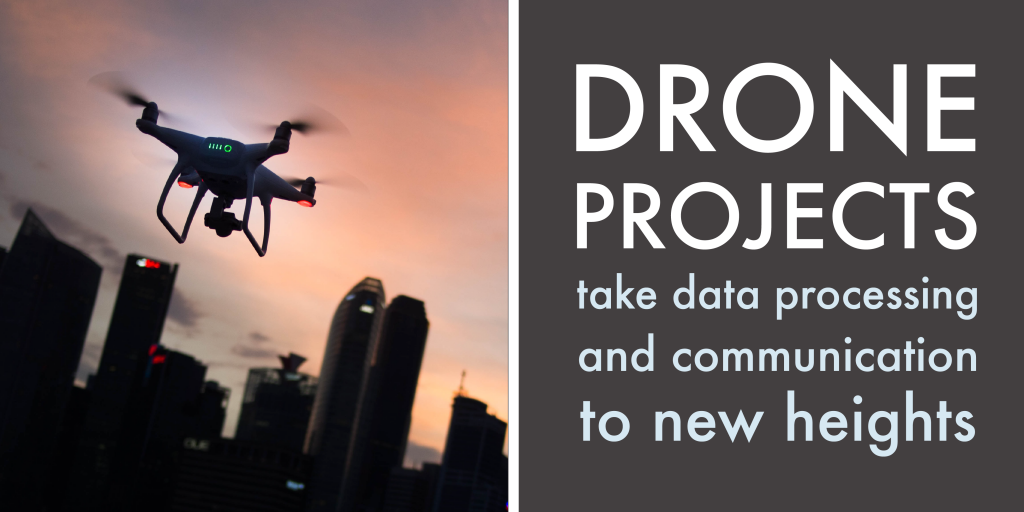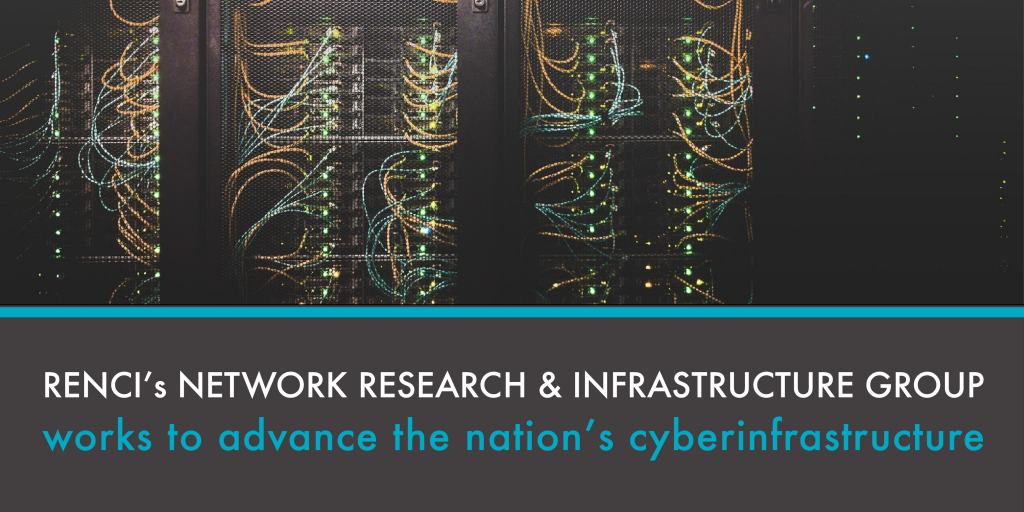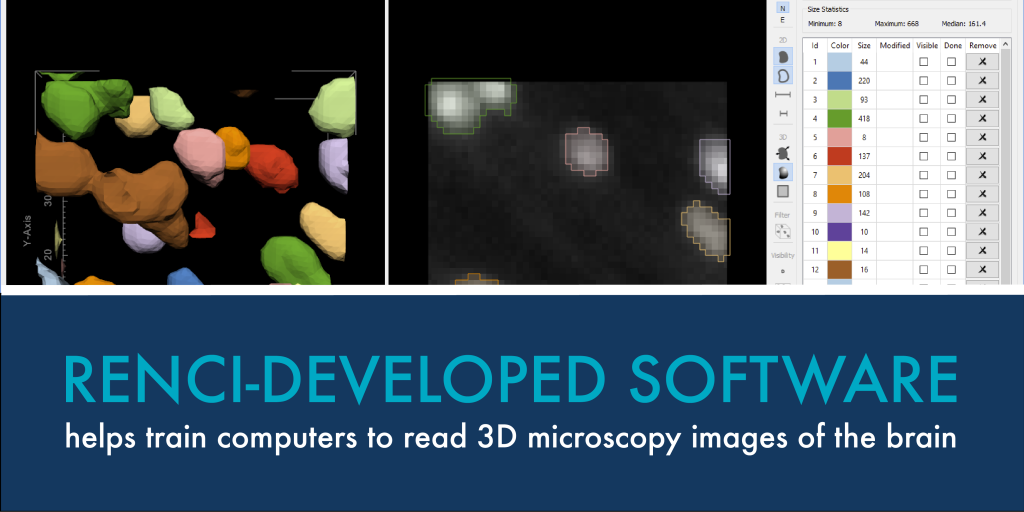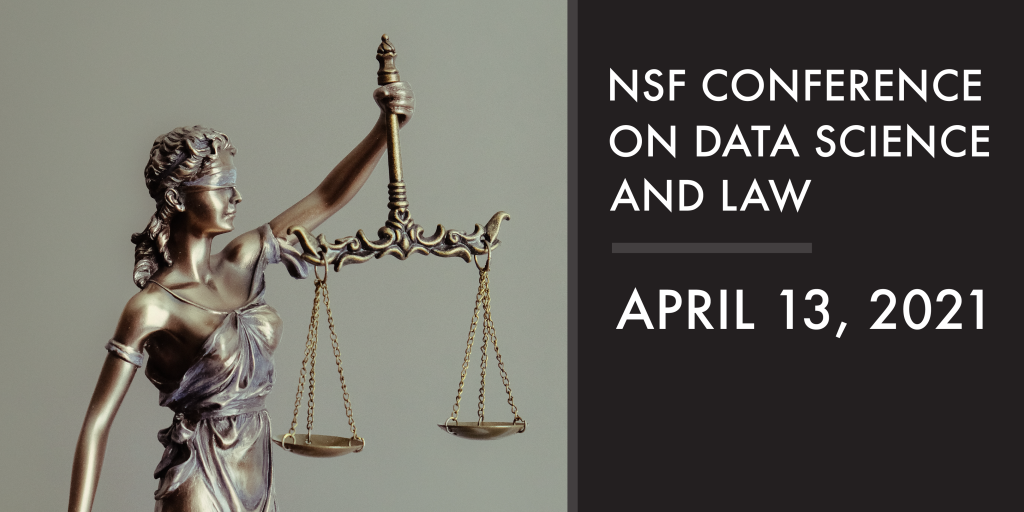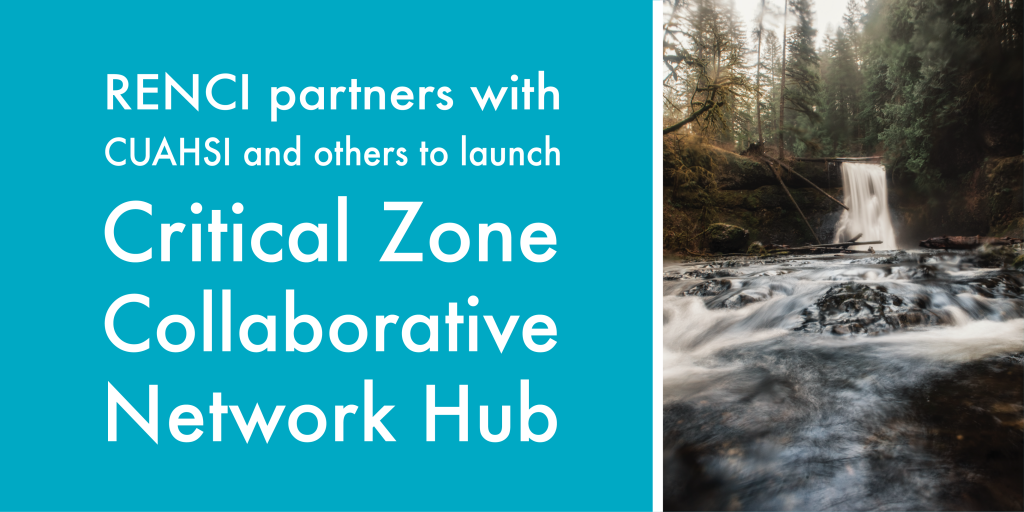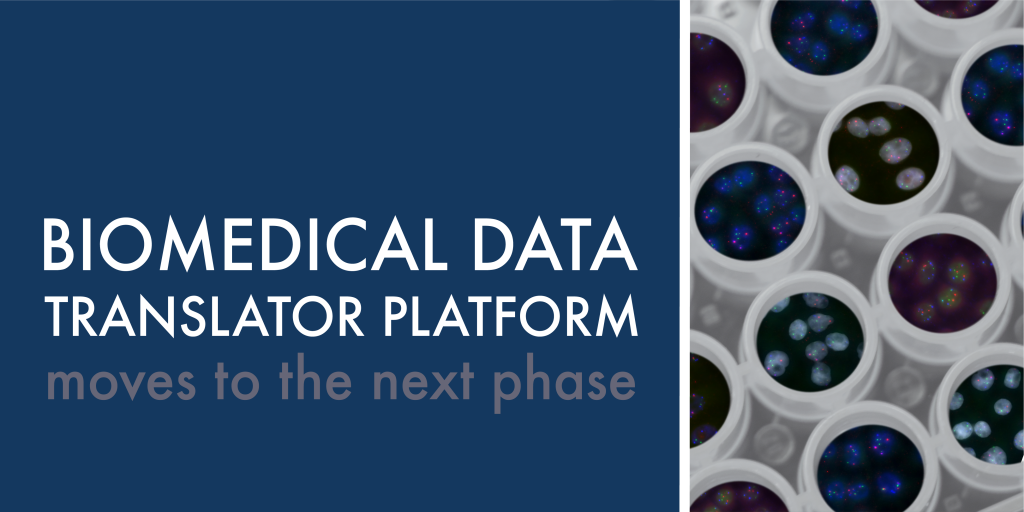
Although we now have huge amounts of data on everything from genes to the causes of disease, it is stored in an enormous variety of ways and in many different locations. This makes it difficult, if not impossible, to find and use this data to think about biomedical questions in a big picture, holistic way.
The NIH’s National Center for Advancing Translational Sciences (NCATS) Biomedical Data Translator program is working to change this by funding a platform that allows scientists to easily access and interrelate data to inform new research directions. RENCI investigators are part of the leadership for three of the 15 teams that make up the Biomedical Data Translator consortium.
The Translator platform is designed to accelerate the development of new treatments and translational clinical research. For example, it could help uncover potential new therapies and drug targets, further elucidate how environmental exposures impact disease, and reveal new relationships between rare and common diseases.
“Translator offers a way of looking at a large amount of information – the equivalent to reading all the research papers ever published – and returning a reasonable amount of information,” said RENCI’s Chris Bizon, co-PI of the Translator standards and reference implementation team. “It provides a hypothesis that can be investigated and a list of information that will be helpful to this investigation.”
Read more…

